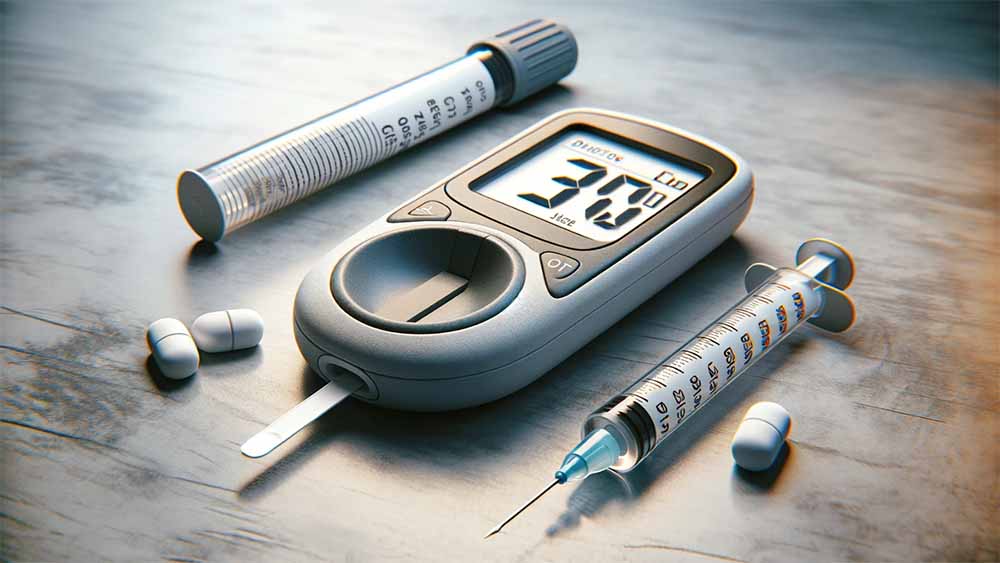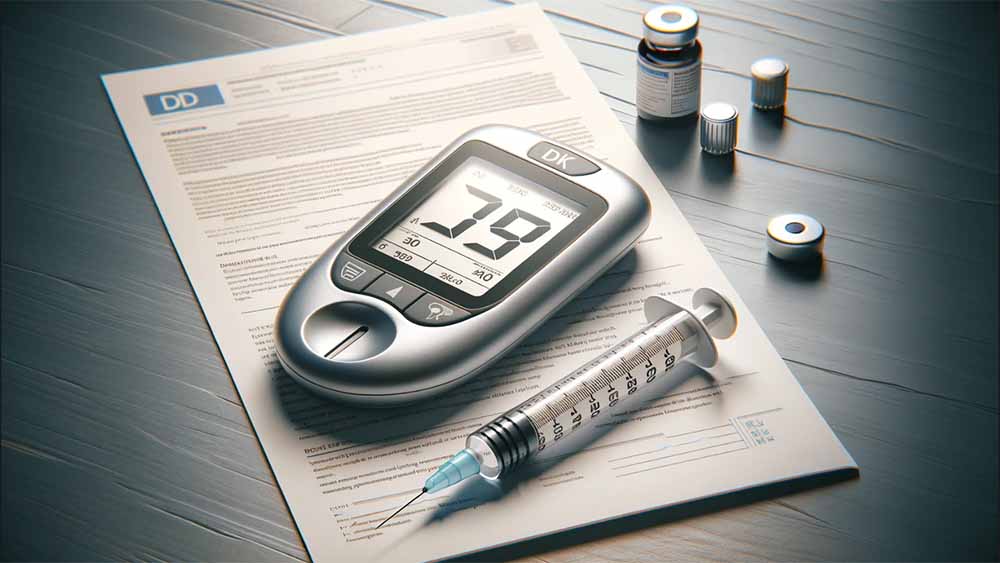
In a nutshell, saying sex toys cause diabetes is jumping the gun. However, the concerns about the materials used in certain products are worth considering. It’s all about staying in the know and choosing the right material. And who knows? Future studies might shed more light on this topic. For now, let’s stay curious and cautious. However, if you are concerned and want a quick fix, I recommend putting a condom over the sex toy.
Where Does The Claim Sex Toys Cause Diabetes Come from?
It’s based on a study by researchers at Duke University and Appalachian State University that’s been turning heads because of these tiny villains called microplastics – minuscule plastic particles that can sneak into our bloodstream. And guess what? Sex toys, which are often made of plastics, rubber, and latex, might be a party to this. These products might not only be a source of pleasure but also a source of these tiny particles. Plus, many of these toys contain phthalates – chemicals known for messing with our hormones.
Why’s everyone in a tizzy about this? Well, phthalates and microplastics are like uninvited guests who can potentially crash our body’s metabolic party, which may lead to disorders like diabetes. The study points out that the levels of phthalates found in some sex toys are higher than what’s allowed in kids’ toys. That’s a red flag, suggesting that maybe we need to keep a closer eye on what goes into these adult gadgets.
You should also be aware that sex toys are not the sole culprit here. Everything we use has phthalates and microplastics, like cosmetics and bottled water.
Expert Opinions and Findings
The study didn’t just make wild guesses. They put various sex toys under the microscope, literally. They found that all toys tested were shedding microplastics, with some toys being more ‘generous’ than others. The researchers also used high-tech tools to determine what these toys are made of, such as PET and PVC. Big scientific names, like Dr. John Peterson Myers, are also chiming in. He told Mirror.co.uk that they’re not just worried about sex toys but about how plastic is showing up everywhere – even inside us! It’s a global issue.
But let’s not jump the gun. While the study shows that these chemicals are up to no good, linking them directly to diabetes is a bit of a stretch. Diabetes is a tricky beast with many contributing factors, and nailing it down to just one cause is like trying to find a needle in a haystack.
Related: Microplastics in Sex Toys? A Clinical Sexologist Weighs In!
What’s The Verdict?
The short answer: We recommend using a condom on the toy if you’re concerned about this.
The long answer: We don’t have enough proof to say that sex toys cause diabetes yet. Sure, the study sheds light on some concerning stuff about what’s in these toys, but it’s not the final word. What this research really does is open the door to a conversation we need to have about sex toy material. It’s like an early warning system telling us to pay more attention to what we use in our most private moments. It’s about staying informed and keeping an eye out for more research down the road.
If you’re looking to deepen your understanding of sex toy materials to make more informed choices for your future bedroom companions, we highly recommend reading our comprehensive guide to the best sex toy materials right here.
Rachel
- 7 Wand Vibrator Sex Positions For Magical Orgasms! - May 15, 2024
- 8 Best Sex Positions For Women To Orgasm (With Illustrations) - May 14, 2024
- 7 Rough Sex Positions For Adventurous Couples - May 13, 2024


